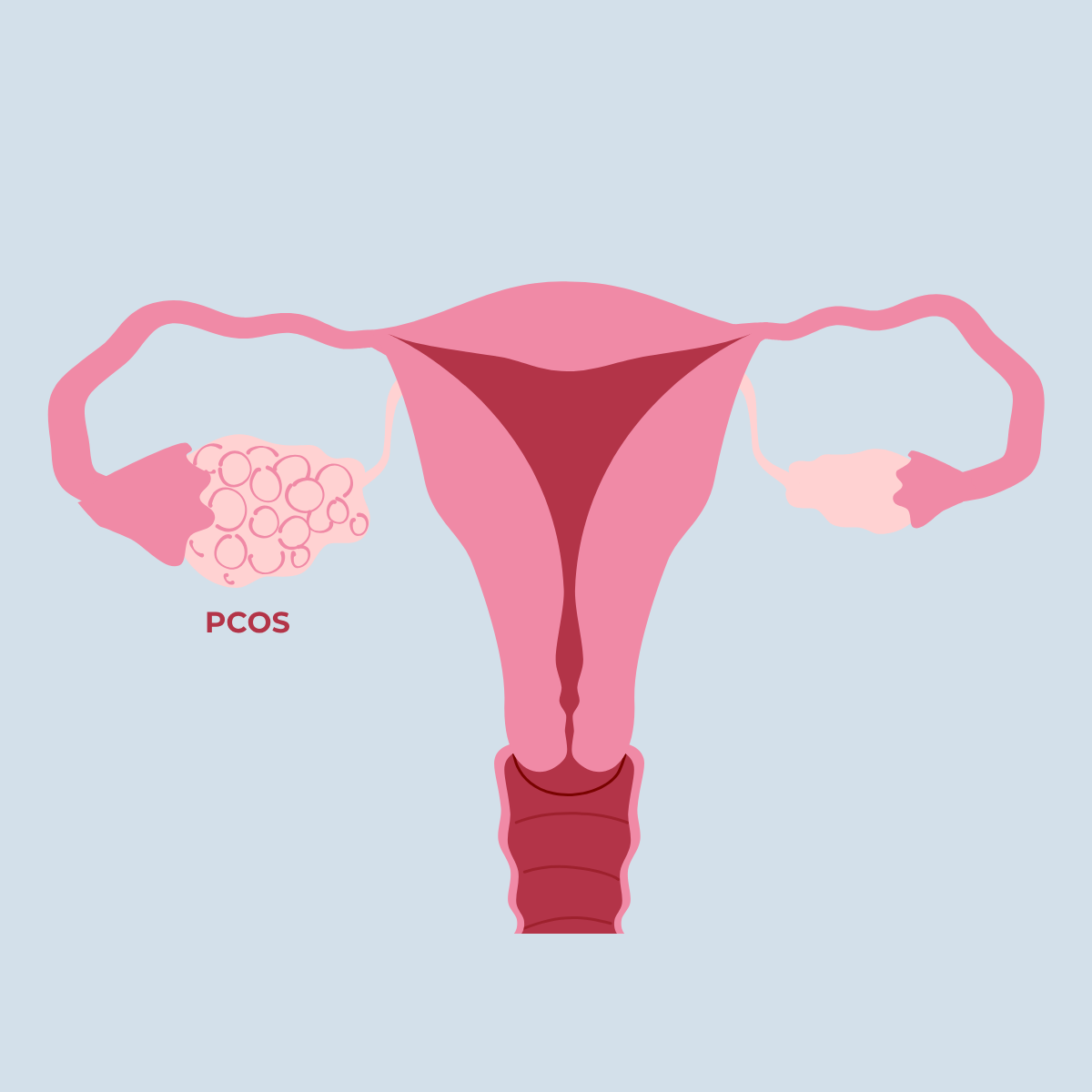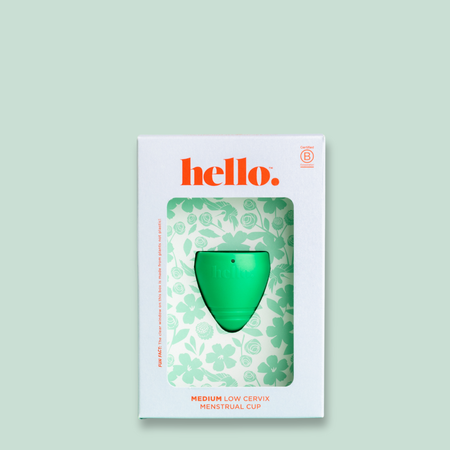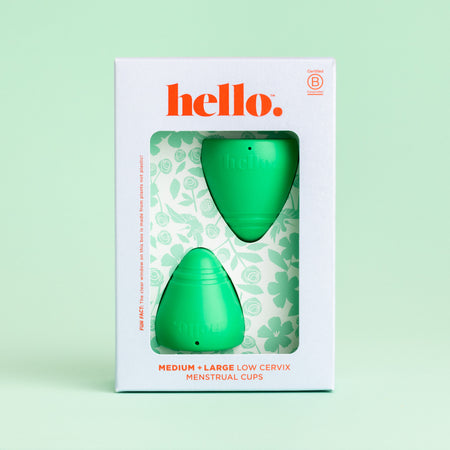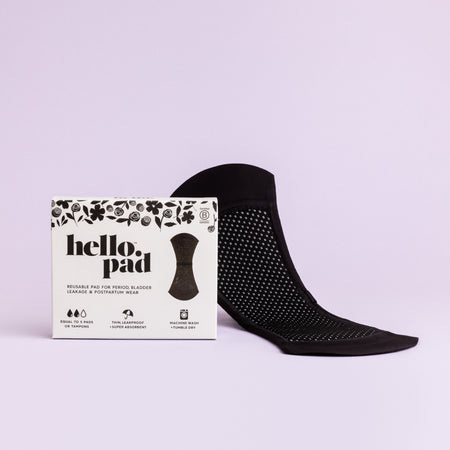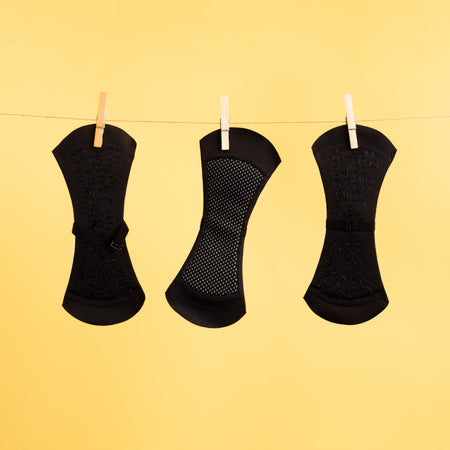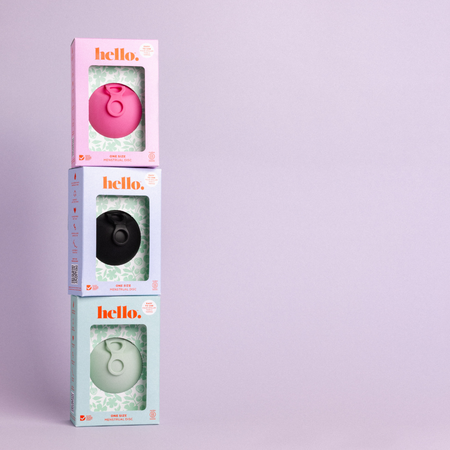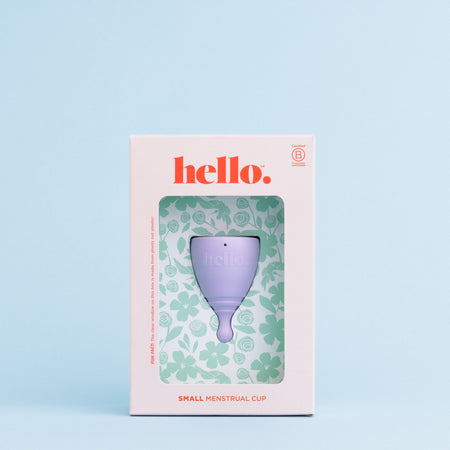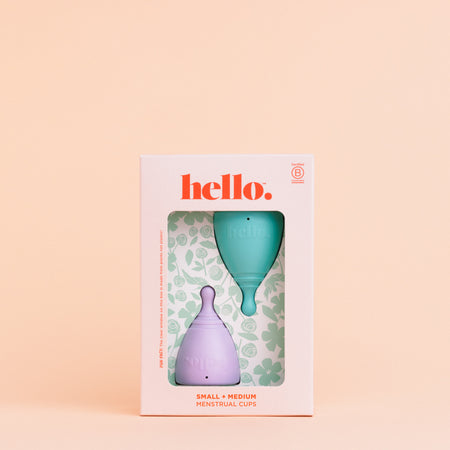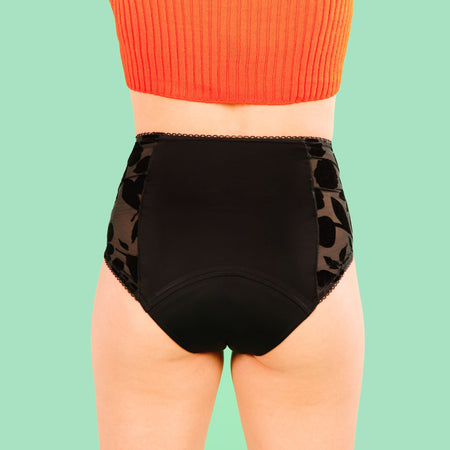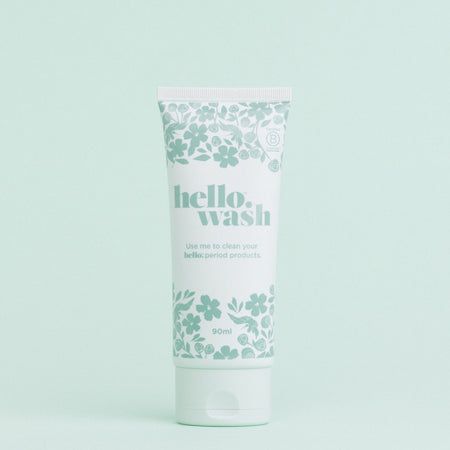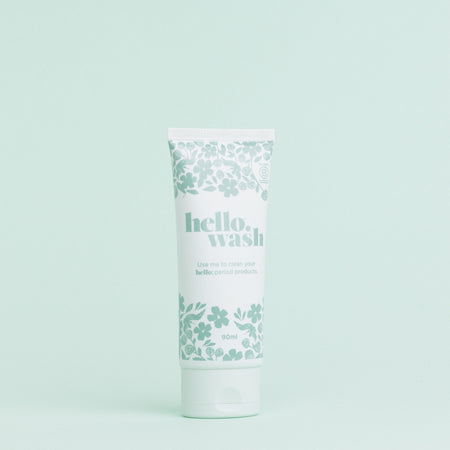The Differences Between Silicone and TPE Menstrual Cups:
Selecting the right menstrual cup for you can be confusing. Not only are there cups with design differences, there are also distinguishing characteristics in the materials chosen to make them, which is what we are going to break down in this blog post.
Most manufacturers of menstrual cups choose either medical grade thermoplastic elastomer (TPE) or silicone (also known as liquid silicone rubber or LSR).
The two key factors which swayed us to make Hello Cups from medical grade TPE, rather than silicone, were that TPE meant our cups would be not only be fully hypoallergenic - but also recyclable.
Both materials (as long as they are from reputable manufacturers) are good and offer users a choice.
We figured it would be a good time for a quick chemistry lesson to outline some of the key differences between TPE and silicone.
To start, both medical grade silicones and TPE offer an alternative to natural or synthetic rubbers, which have been attributed to reducing biodiversity in Southeast Asia, one of the regions where rubber trees are native. Rubber can also cause allergic reactions both to the farmers whose occupation it is to harvest the raw material as well as to consumers, which is why some menstrual cup manufactures have sought alternatives like medical grade silicone and TPE.
Let’s take a look at TPE first up.
Thermoplastic Elastomer (TPE)
Thermoplastic elastomers (sometimes referred to as thermoplastic rubber) are a blend or compound of polymers that melt and form into plastic when heated and hardens when it cools.
When it comes to medical applications, ‘medical grade TPE’ is used similarly to silicones. These specifically formulated compounds meet the strict guidelines for the medical sector and human contact.
TPE menstrual cups do not contain silicone, rubber, latex, Bisphenols (BPA/BPS), or heavy metals.
Below are some of the properties unique to menstrual cups made from TPE:
- TPE requires less energy and is more cost-effective than silicone menstrual cups
- Menstrual cups made of TPE are slightly firmer to the touch, but also move and meld with the body as the cups warm
- TPE menstrual cups are recyclable at the end of their life cycle and can be re-purposed after use
- Menstrual cups made from TPE can be sterilized - check out our how-to guide under our FAQs, here (see 'How Do I Clean My Menstrual Cup?')
Silicone (Liquid Silicone Rubber)
Silicones are made from quartz sand, a raw material that is abundant throughout the world. Silicones -also known as siloxanes are something of a hybrid between synthetic rubbers and synthetic plastic polymers and can come in different forms used to make rubberlike items, hard resins, and thick spreadable fluids.
Not all silicone is meant to be used inside the body. A menstrual cup should be made of medical-grade silicone, but that’s not always the case. If you purchased a very inexpensive menstrual cup from an unreliable source, it may not be made of medical-grade silicone, even if the listing makes that claim. This can make the quality questionable and may be the cause of any adverse reactions. So, watch out for this!
Below are some of the properties unique to liquid silicone rubber menstrual cups:
- Silicone menstrual cups can be more expensive
- Menstrual cups made from silicone are not recyclable
- Menstrual cups made from silicone may feel slightly softer and malleable to touch, but even when warmed inside the body, still retain their shape
- LSR menstrual cups can tolerate chemical exposure for sterilization (as well as high temperatures)
- On rare occasions, some people may find they have an allergic reaction to silicone
As we mentioned above, we did a lot of research and weighted up to pros of both materials and decided to make TPE Hello Cups’s dance partner of choice.
“A key factor for us we giving people who can’t use silicone another great option. Our medical-grade TPE is hypoallergenic which means it gives people who have silicone sensitivity or allergies a great menstrual cup option,” says The Hello Cup co-founder and registered nurse, Mary Bond.
“Our medical grade TPE is top of the line and is the same material used to make catheters and intravenous lines for medical purposes. Once inside the body TPE warms and will conform to the shape of the user. We loved the fact TPE is a readily recyclable material too. We are developing a send-back program and customers to send their sterilised cups back to us for recycling will receive a discount off their next cup purchase.”
If you have any further questions about your Hello Cup, please don't hesitate to drop us a line at:
hello@helloperiod.com
Team Hello Period xx

